Pennsylvania stands as a living museum of American history, with landmarks that tell the story of the nation’s founding, industrial revolution, and cultural evolution.
From Independence Hall in Philadelphia to the battlefields of Gettysburg, these sites have witnessed pivotal moments that shaped the course of American history.
Independence Hall, Philadelphia
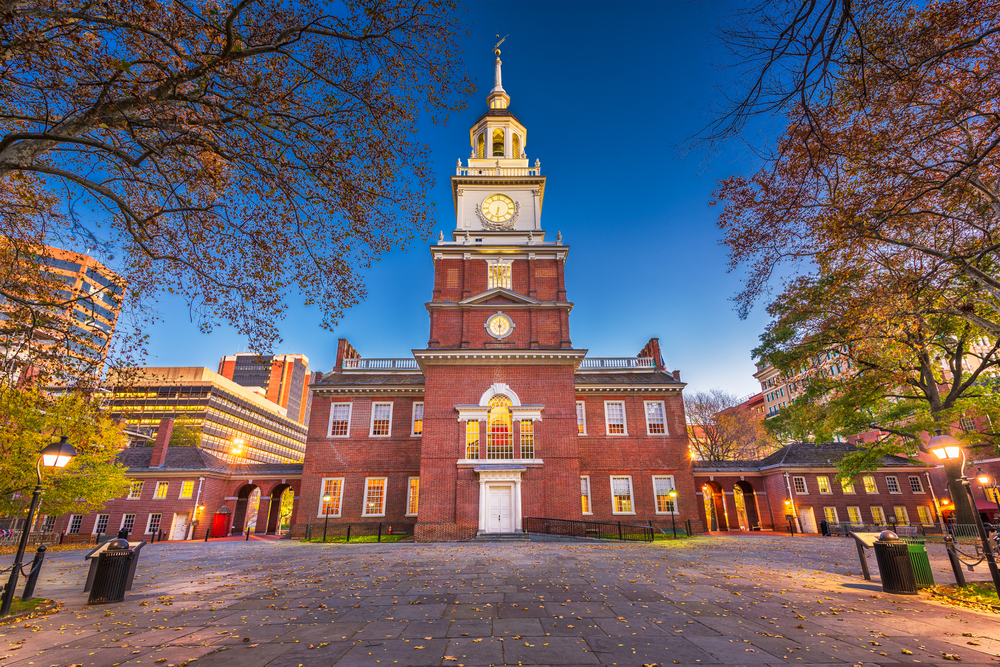
Independence Hall stands as the birthplace of both the Declaration of Independence and the U.S. Constitution, making it the cornerstone of American democracy. The Georgian-style building’s Assembly Room remains as it was during the Constitutional Convention of 1787, where delegates debated the future of a new nation.
The building’s iconic tower, with its Palladian window and clock spire, has become a symbol of American independence recognized worldwide.
Liberty Bell Center, Philadelphia
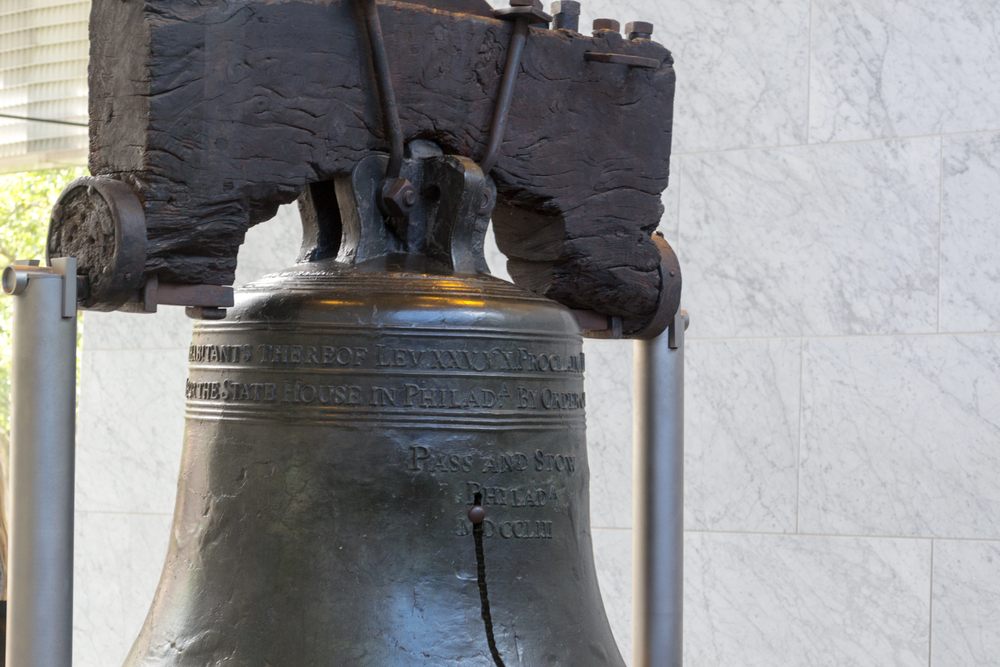
The Liberty Bell serves as an enduring symbol of freedom, its famous crack testament to over two centuries of use heralding important events in American history. The modern center housing the bell features exhibits chronicling its journey from functional bell to international icon of liberty.
Interactive displays explore the bell’s role in movements for civil rights, suffrage, and social justice.
Like Travel Pug’s content? Follow us on MSN.
Gettysburg National Military Park
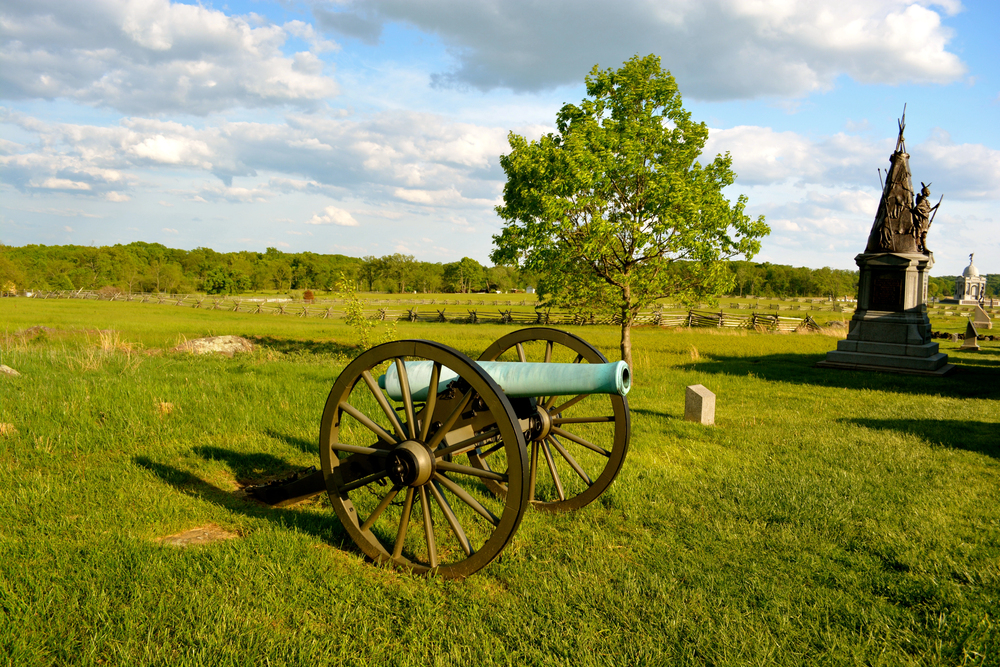
This hallowed ground marks the site of the Civil War’s turning point, where Union and Confederate forces clashed in July 1863. The park’s 6,000 acres preserve battlefield landmarks, including Little Round Top and Cemetery Ridge, with monuments and markers telling stories of courage and sacrifice.
The state-of-the-art museum and visitor center provides context through artifacts, interactive exhibits, and the restored Cyclorama painting.
Valley Forge National Historical Park
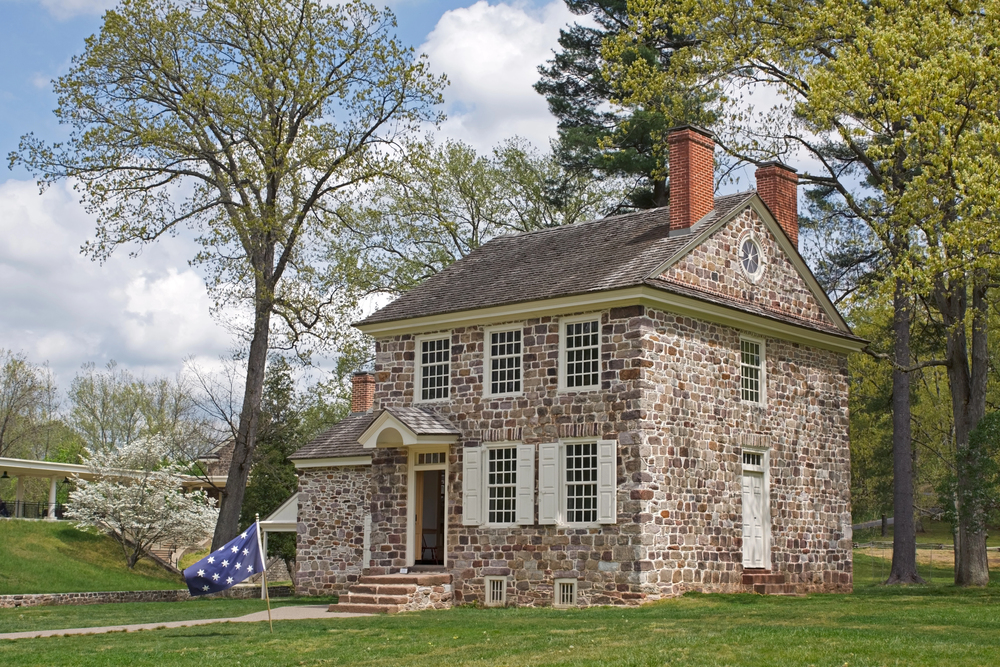
Valley Forge commemorates the winter encampment of George Washington’s Continental Army in 1777-1778, where determination overcame desperate conditions. Washington’s headquarters and reconstructed soldier huts provide tangible connections to the Revolutionary War experience.
The park’s 3,500 acres offer miles of trails connecting historic structures and monuments commemorating the army’s transformation.
Eastern State Penitentiary, Philadelphia
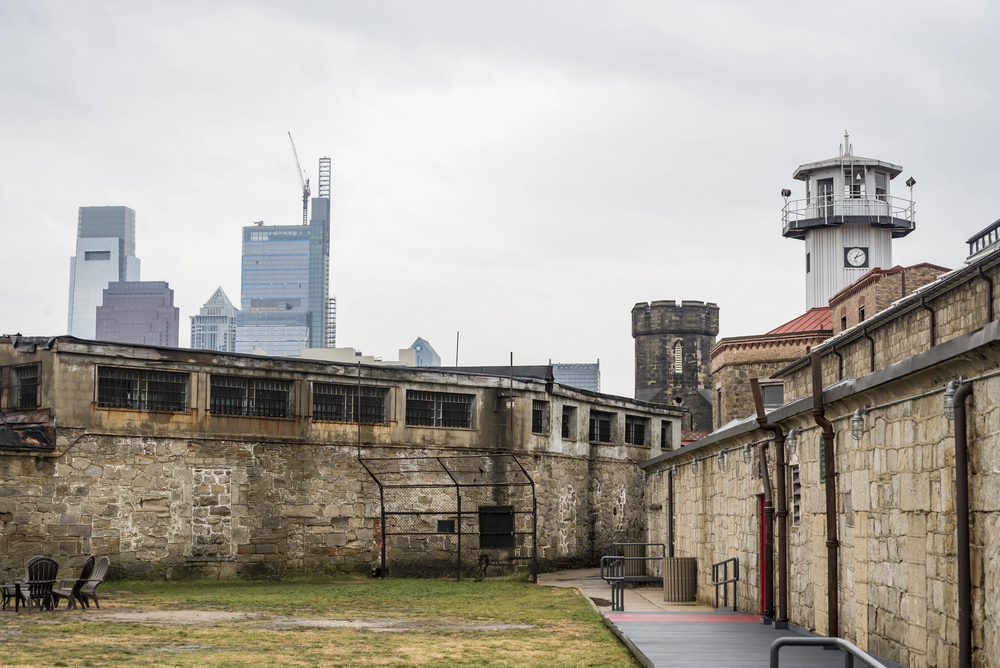
This Gothic-style prison revolutionized the American penal system when it opened in 1829, introducing solitary confinement as a form of rehabilitation. The massive stone walls and vaulted cell blocks tell stories of infamous inmates, including Al Capone, who served time in relative luxury.
Today, the preserved ruins offer atmospheric tours exploring prison reform, justice, and the human experience of incarceration.
Like Travel Pug’s content? Follow us on MSN.
Fallingwater, Mill Run
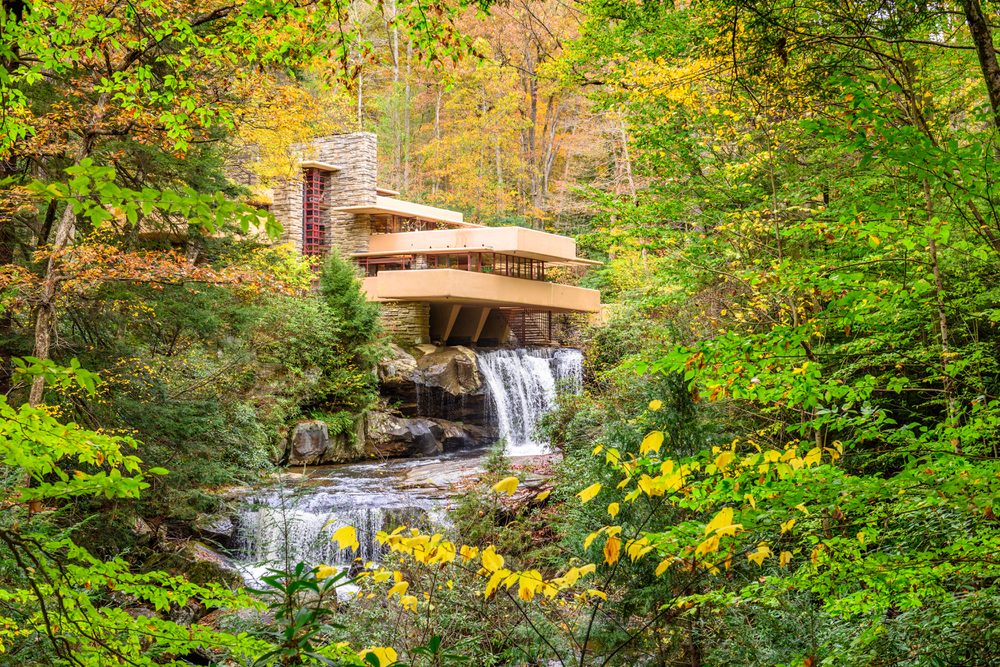
Frank Lloyd Wright’s masterpiece stands as the perfect harmony between architecture and nature, built over a waterfall in the Laurel Highlands. The home’s dramatic cantilevers and integration with its natural surroundings revolutionized 20th-century architecture.
Original furnishings and artwork remain in place, offering visitors an authentic experience of living in Wright’s vision.
Fort Necessity National Battlefield

This site marks George Washington’s first major command and only military surrender, where, in 1754, he faced French forces in a battle that sparked the French and Indian War. The reconstructed fort, interpretive center, and surrounding battlefield preserve the scene of this pivotal conflict.
Native American trails and historic taverns along the National Road add layers to the site’s historical significance.
Brandywine Battlefield, Chadds Ford
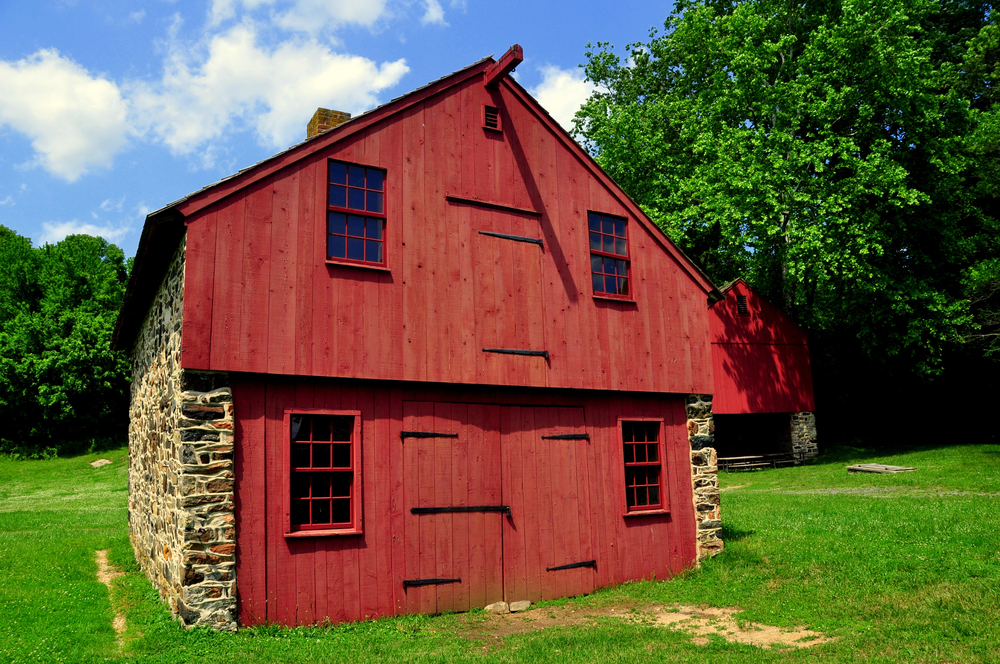
The rolling hills of Brandywine witnessed one of the largest land battles of the Revolutionary War, where Washington’s army fought to protect Philadelphia. The park preserves key portions of the battlefield, including historic houses that served as headquarters for both armies.
Living history programs bring the dramatic events of September 11, 1777, to life through demonstrations and reenactments.
Like Travel Pug’s content? Follow us on MSN.
Fort Pitt Museum, Pittsburgh
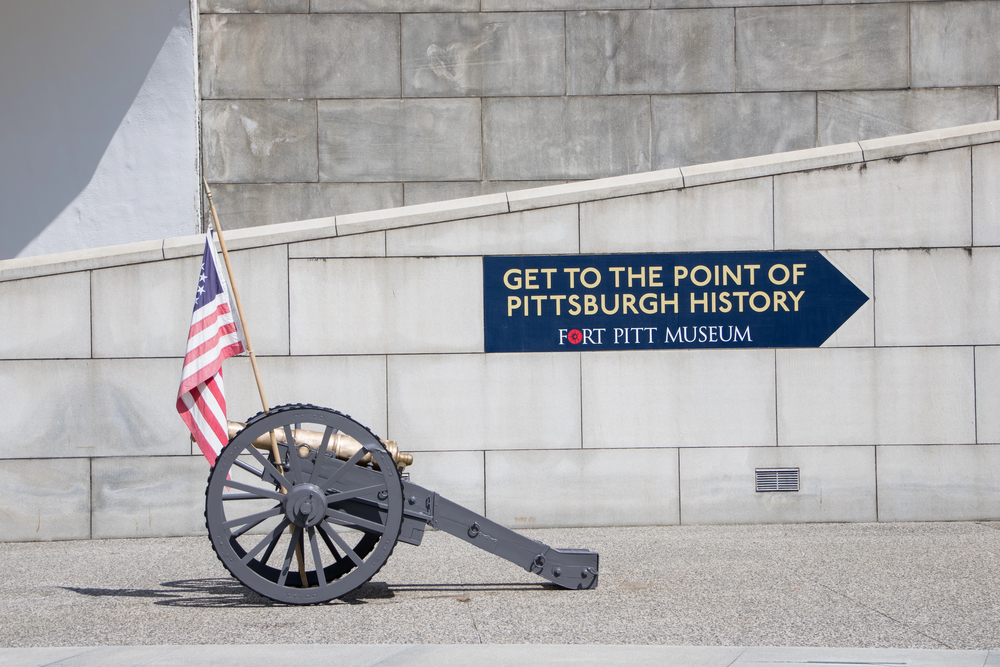
Built at the strategic confluence of three rivers, Fort Pitt controlled the gateway to the western frontier during the French and Indian War and American Revolution. The museum’s exhibits chronicle Pittsburgh’s role in early American expansion and conflicts. The reconstructed blockhouse, dating from 1764, stands as the city’s oldest architectural landmark.
Railroad Museum of Pennsylvania, Strasburg
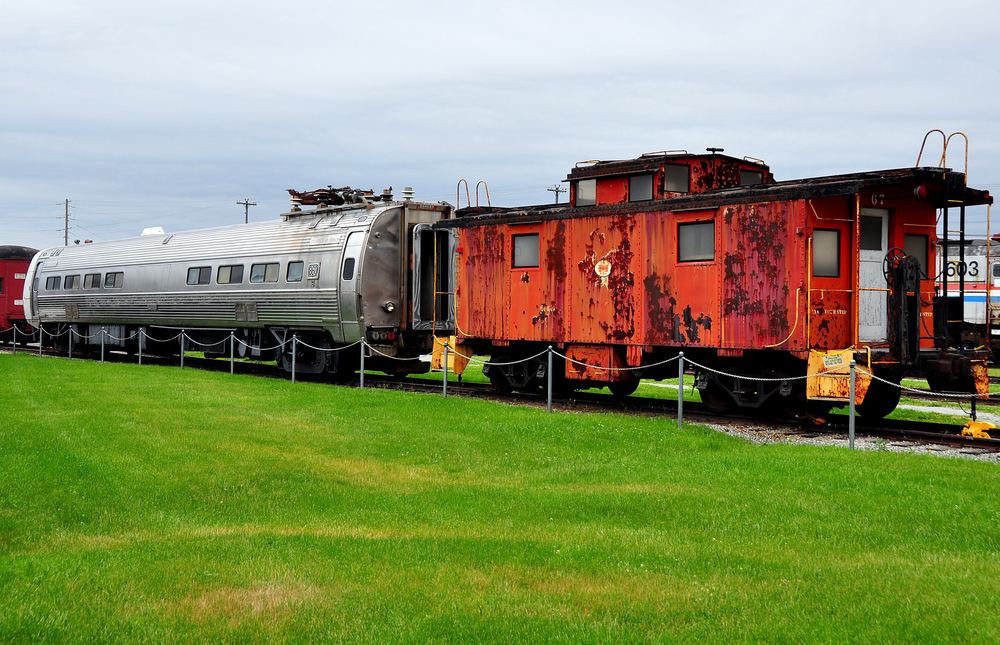
This world-class museum showcases the state’s rich railroad heritage through an impressive collection of historic locomotives and rolling stock. The massive exhibit hall houses more than 100 pieces of historic equipment, from early steam engines to modern diesel locomotives. Interactive exhibits explore Pennsylvania’s crucial role in America’s railroad industry and the Industrial Revolution.
Drake Well Museum, Titusville
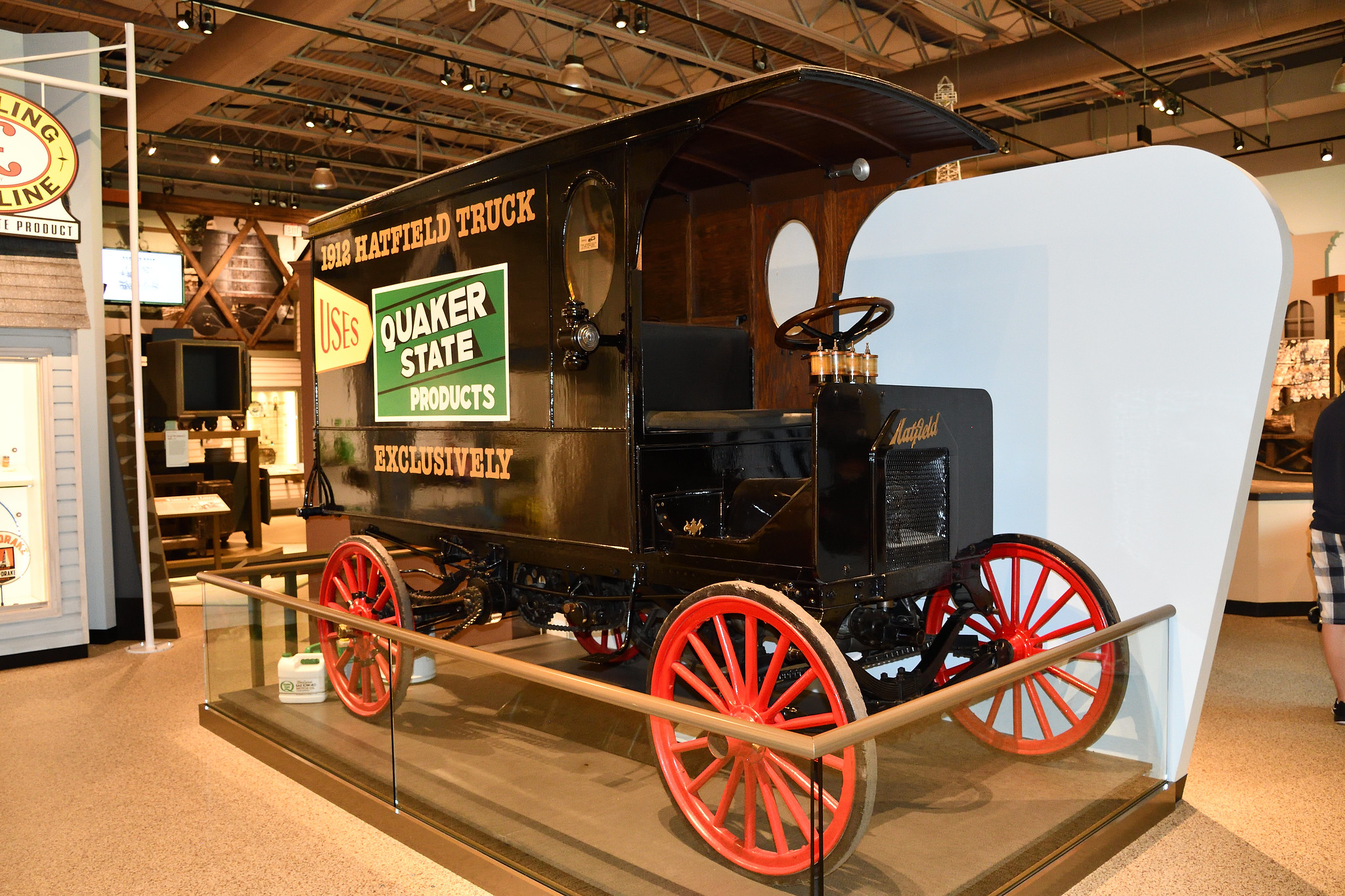
The birthplace of the modern oil industry, Drake Well features a reconstruction of the world’s first commercial oil well drilled in 1859. The museum chronicles the early years of petroleum exploration and the boom that transformed northwestern Pennsylvania. Working machinery demonstrates historic drilling techniques and oil field technology.
Like Travel Pug’s content? Follow us on MSN.
Pennhurst Asylum, Spring City
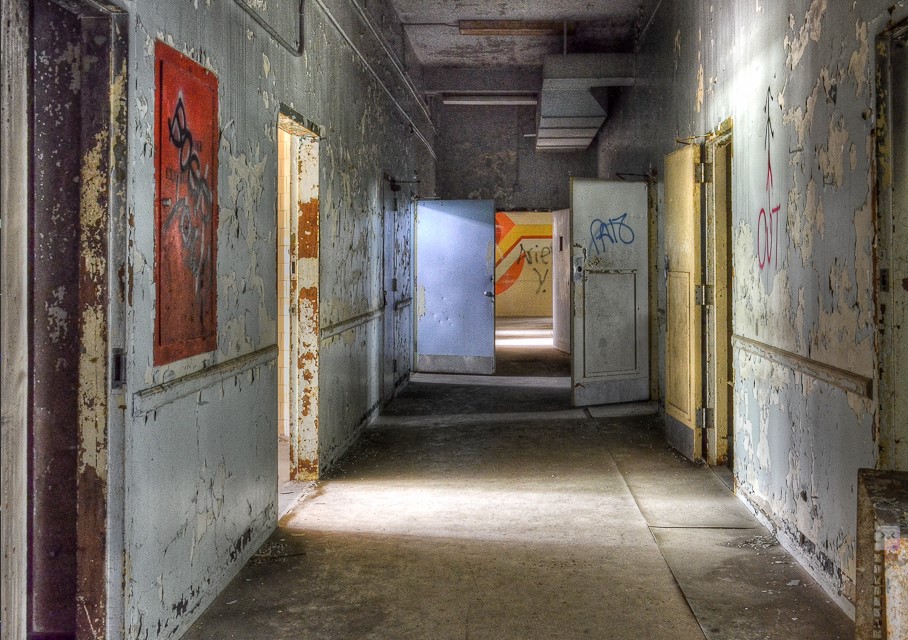
This former state school stands as a sobering reminder of society’s treatment of the disabled, its Gothic-Revival buildings preserving both architectural significance and difficult history. The site now serves as an educational center examining disability rights and social reform movements. Preserved buildings and artifacts tell stories of institutional life and the evolution of care for people with disabilities.
Washington Crossing Historic Park
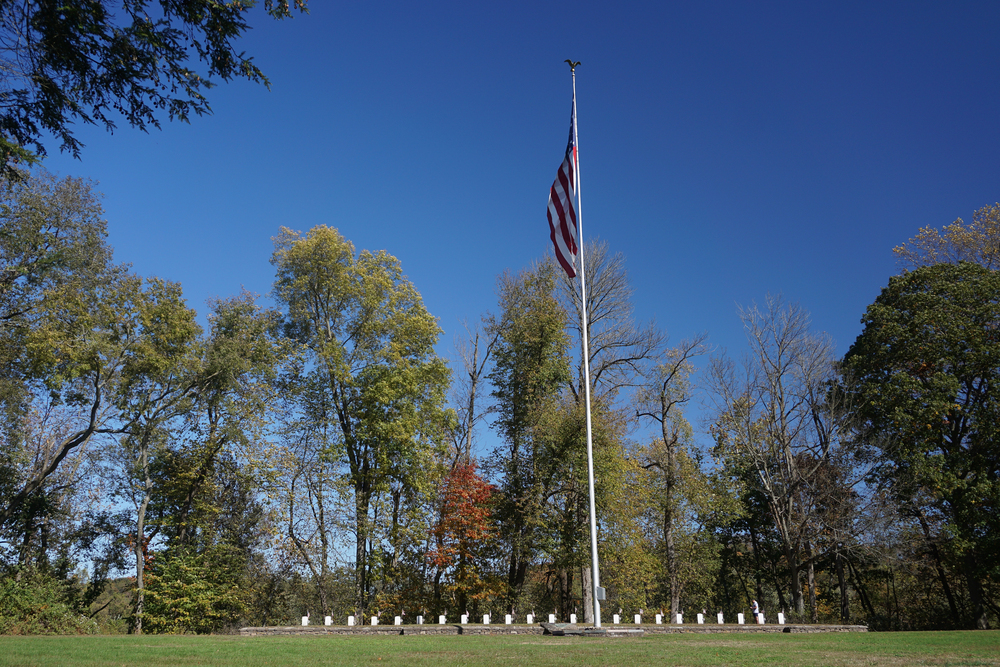
This park preserves the site where George Washington led his troops across the Delaware River for a surprise attack on Trenton in 1776. The visitor center and period buildings help visitors understand the daring Christmas night crossing that changed the course of the Revolution. Annual reenactments keep the spirit of this pivotal moment alive for modern audiences.
Carpenters’ Hall, Philadelphia
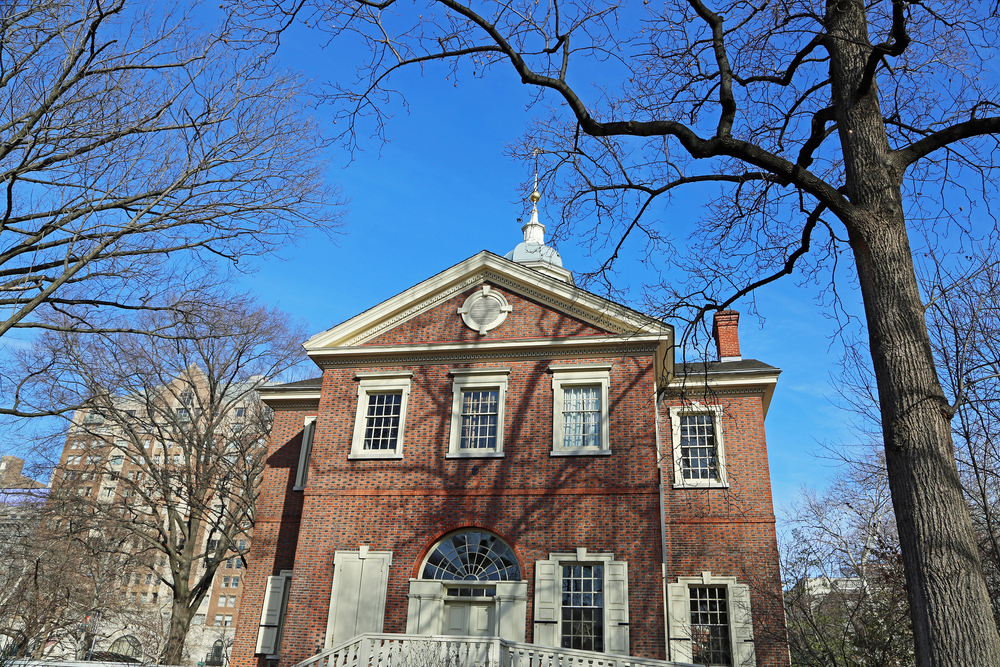
This Georgian-style building hosted the First Continental Congress in 1774, where colonial delegates took their first steps toward independence. The hall’s original meeting room appears much as it did during those historic sessions, complete with period furnishings. The building also housed Benjamin Franklin’s Library Company and the First and Second Banks of the United States.
Like Travel Pug’s content? Follow us on MSN.
Eckley Miners’ Village, Weatherly
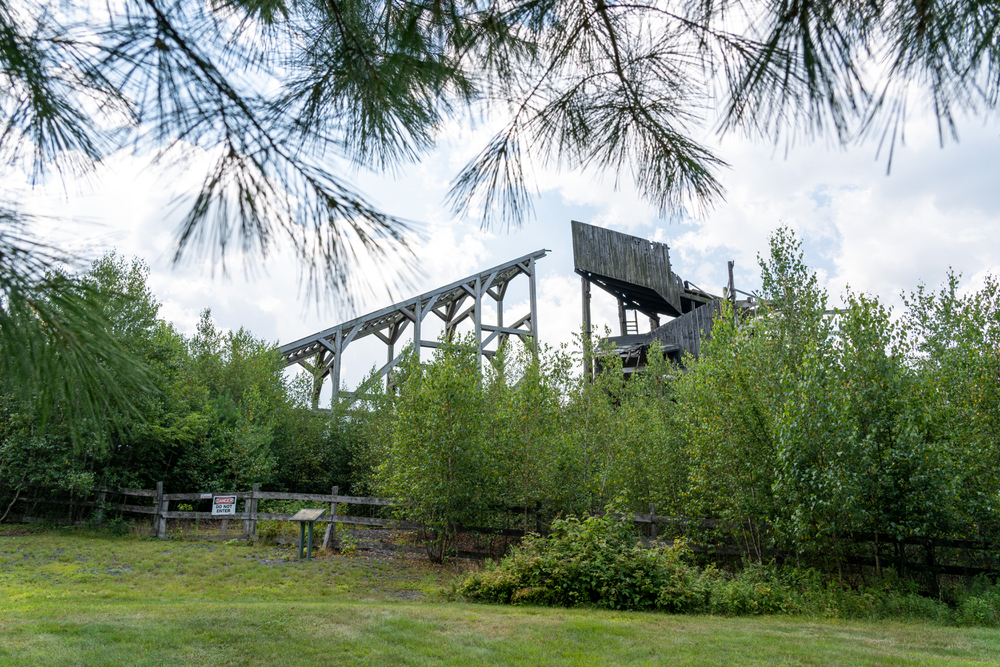
This preserved company mining town offers an authentic look at life in Pennsylvania’s anthracite coal region during the Industrial Revolution. Original homes, churches, and community buildings tell stories of immigrant miners and their families who powered America’s industrial growth. Living history programs demonstrate domestic life, mining techniques, and social conditions of the era.
Exploring Pennsylvania’s Historic Treasures

These historic landmarks serve as portals to Pennsylvania’s rich past, each telling unique stories of American resilience, innovation, and progress.
From the birth of a nation to industrial might, from architectural innovation to social reform, these sites preserve crucial chapters in American history for future generations to explore and understand.
More from Travel Pug

- 15 Dangerous European Cities to Avoid
- 15 Caribbean Islands Where Tourists Keep Getting Scammed
- The 20 Most Fascinating Abandoned Places: A Journey Through Time and Forgotten Spaces
- 15 Hidden Places in the Smithsonian Museums Locals Love: A Guide to Lesser-Known Treasures
- 16 Hidden Florida Beach Towns That Aren’t Overrun with Tourists
Like Travel Pug’s content? Follow us on MSN.
